Designing a DIY Off Grid Solar System
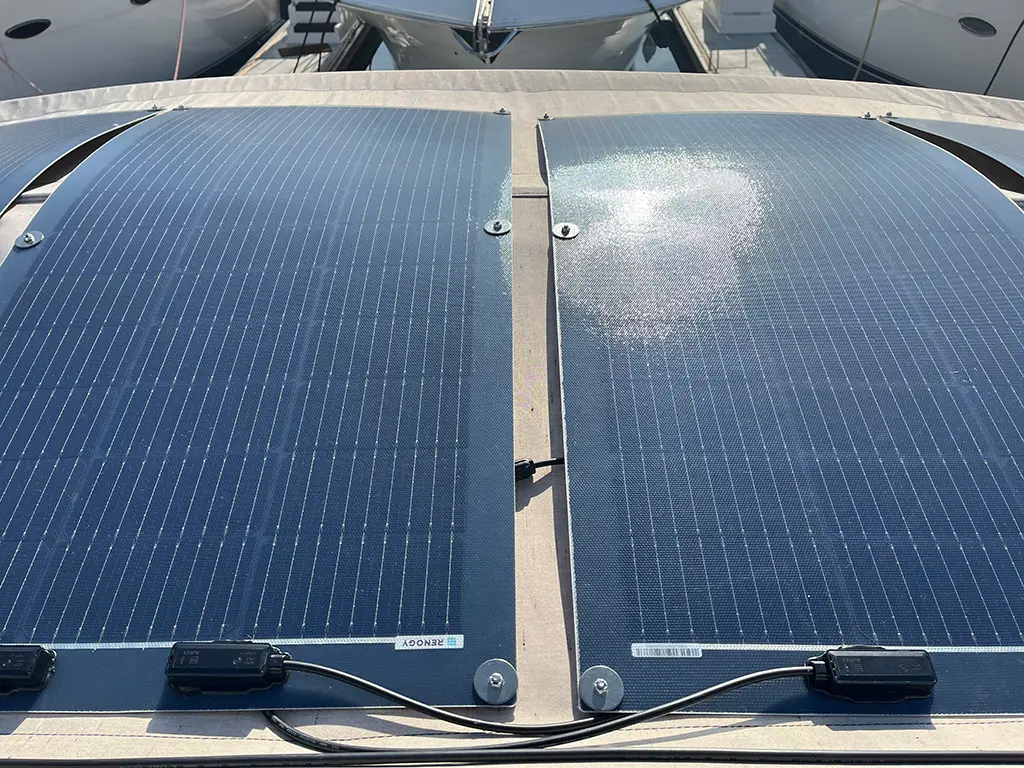
These days, a growing number of people are choosing to explore the outdoors in comfort. Having the luxuries of lighting, refrigeration, and running water can help extend trips in the wild and make them more enjoyable for all. Whether your outdoor vehicle of choice is an RV, van, boat, travel trailer, or overland trailer like ours, you deserve an electrical system that has enough juice to last as long as you want. If you are thinking about designing a new off-grid solar system or want to redesign your current vehicle’s system, we can help point you in the right direction.
While every off-grid solar system is different, every system includes the basic components below. We really love Renogy’s line of electronics and think they match up well with most people building their own DIY off-grid solar system. We aren’t being paid anything by Renogy to promote their products, we just feel that they offer solid electronics at the best prices and thus have used them almost exclusively in our latest solar system builds.
If you choose to purchase any of the products we’ve highlighted, don’t forget to use coupon code Welcome5 to receive 5% off when purchasing through Renogy.com.
Batteries
Batteries are the heart of an off-grid solar system. They store the power your solar panels generate for use when the sun isn’t shining. Being the workhorse of your system, they will typically be the most expensive part of your system. Batteries for an off-grid system should be sized according to your daily power need.
Deep Cycle vs Starting Batteries
Standard automotive batteries are built to deliver high-cranking amperage for short periods of time to start your car. Once started, your car’s electrical system depends on your alternator to generate the vehicle’s power needs and to recharge the battery. Off-grid systems have different needs and thus require different batteries. Deep cycle batteries are designed to be deeply discharged and recharged regularly and, as a result, are the battery of choice for off-grid solar systems. Deep-cycle batteries will last longer in an off-grid power system and deliver better performance than vehicle-starting batteries. Motorhomes, vans, and boats typically have both types of batteries on board, while camping or travel trailers typically have only deep-cycle batteries.
Types of Deep Cycle batteries
There are a few main types of deep-cycle batteries available on the market, including flooded lead acid, AGM, and lithium batteries. Flooded lead acid (FLA) batteries are the least expensive but require regular maintenance and shouldn’t be discharged to less than 50% of their capacity. AGM batteries are spill-proof, don’t require maintenance, and can be discharged to 80% of their capacity, but are more expensive than FLA batteries. Lithium batteries have longer lifespans, are also maintenance-free, and can be discharged to 100% without much damage. They are the most expensive battery type, but costs are coming down.
Battery Capacity
Deep cycle batteries have capacity ratings measured in amp hours (Ah). A 100Ah deep cycle battery can store and deliver 1 amp of power for 100 hours or 1o amps of power for 10 hours. When designing an off-grid solar system, we recommend using Ah to calculate your power usage and your corresponding solar needs.




Solar Panels
Solar Panels convert energy from the sun into usable (and storable) power for your system. Solar energy is freely available and is environmentally friendly, making it the power of choice when venturing away from the grid. When connected to deep-cycle batteries, solar panels recharge the batteries during daylight hours. During the evening when the sun isn’t shining, power is discharged from the power stored in your batteries. When the sunlight returns, the batteries are recharged again.
The two main types of solar panels are rigid and flexible solar panels. Rigid solar panels are more efficient, cheaper, and have longer lifespans than flexible panels. Flexible panels are lighter and can be installed on surfaces that aren’t perfectly flat – like the roof of an Airstream travel trailer or a boat bimini cover. Rigid solar panels offer the best value for standard installations, while flexible panels offer the “flexibility” to add solar in cases where heavy, rigid panels aren’t an option.




Solar Charge Controller
Solar Charge Controllers accept the power from your solar panels and convert it to the appropriate voltage and current (amperage) to best charge your batteries. They prevent your solar panels from overcharging your batteries – which can drastically reduce their lifespan.
There are two main types of solar charge converters – Pulse Width Modulation (PWM) and Maximum Power Point Tracking (MPPT). PWM charge controllers are less expensive but less efficient than MPPT controllers. MPPT controllers are more costly but convert much more of the current available from a solar panel to the appropriate voltage for battery charging. MPPT controllers are up to 30% more efficient than PWM controllers – leading to faster battery charging times.




Inverter
Since batteries are typically 12V, most RVs, vans, boats, and travel trailers typically utilize 12V electronics in their design. With 12V current readily available via the batteries, 12V lighting, water pumps, and appliances are the most efficient. If you want to bring along some of the comforts of home, the 12V current from your batteries needs to be converted to 120V. Power inverters are the devices that accomplish this task.
As an example, if you want to install a TV in your RV or charge a laptop for working remotely from your overland trailer, you’ll need an inverter. When deciding whether you need an inverter, just think of any devices you want to bring along with you that have a typical household plug.
Power inverters are rated by the number of watts they can produce. When choosing an inverter, you’ll want to determine the maximum amount of 120V watts that you’ll use at one time and size it above that. For example, if you will only use the inverter to watch TV that uses 70 watts, you’ll want an inverter that produces at least 100 watts of power. If you bring your 1500-watt electric kettle along with you, you’ll want to make sure you have a 1500w inverter. As with most elements of an off-grid electrical system, you’ll want to choose an inverter that’s rated for a bit more power than you’ll use to give you some extra headroom.
Inverters aren’t 100% efficient which means that some of the 12V power they convert to 120V gets lost in the process. And since inverters typically are used for higher-wattage electronics, using your inverter can discharge your battery quickly. Make sure to consider this when choosing an inverter.



On to the Next Step
Now that we’ve laid out the various components you need to design a DIY off-grid solar system, the next step is to determine how much power your solar system will need to generate and store. To come up with some numbers, you’ll want to do an energy audit of your RV, van, boat, trailer, or other off-grid application. If you are redesigning an existing system, an energy audit is as simple as determining how much power you use per day. If you are building a new solar system, you’ll need to project your power usage based on your plans. Either way, in part 2 of our Off Grid Solar System series, we’ll show you how to conduct an energy audit on your system.
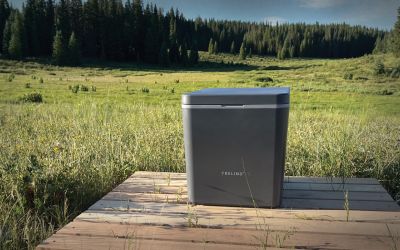
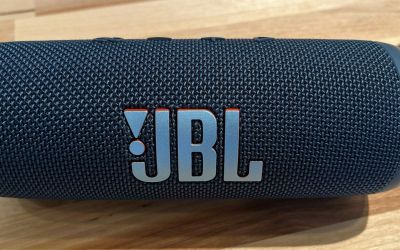
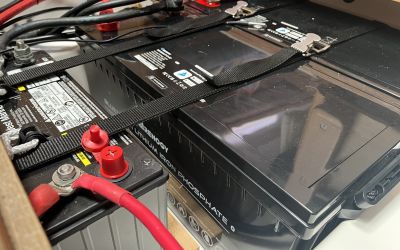
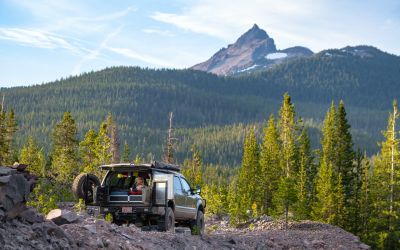
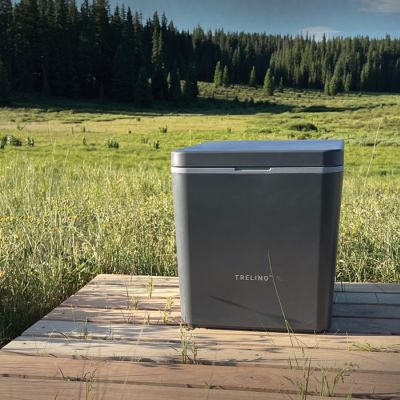


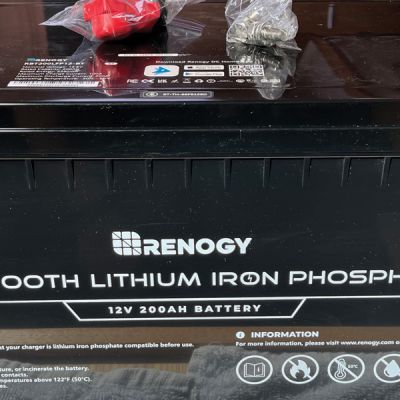

Leave a Reply